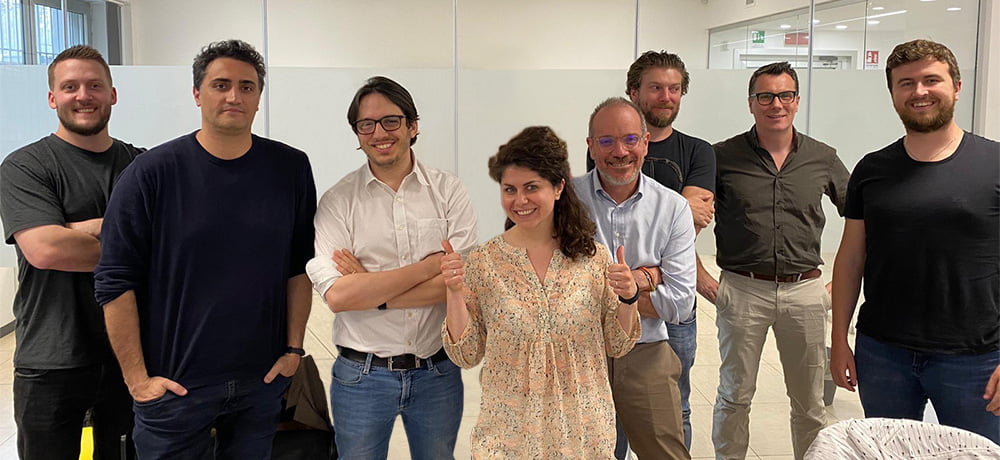By Alessandro De Grandi
As we usher in February of 2025, it’s clear that ‘virtual world’ is not just a buzzword anymore, but a reality that is reshaping our interaction with technology. This revolution, fueled by the advent of Web3, has transcended the borders of our physical reality, paving the way for immersive and interactive virtual experiences.
This year, we’ve seen an unprecedented surge in the adoption of virtual worlds, primarily driven by the gaming industry. Giants like Epic Games and Roblox have already established expansive virtual universes, where users can interact, socialize, and even conduct commerce.
But it’s not just about gaming anymore. The concept of virtual world has expanded beyond entertainment, permeating sectors like education, real estate, and even social networking. Facebook’s rebranding to Meta and their vision of a ‘metaverse’ is a testament to this shift.
Furthermore, the Web3 infrastructure has propelled the growth of decentralized virtual worlds. Decentraland and CryptoVoxels are prime examples, where users can own, trade, and monetize virtual land and assets via blockchain technology.
Despite the exciting prospects, challenges and uncertainties remain. Issues concerning privacy, security, and digital identity need to be addressed for virtual worlds to become a seamless part of our everyday lives. Nevertheless, the potential for innovation is immense.
The revolution is just beginning. As we delve deeper into 2025, it will be intriguing to observe how the concept of ‘virtual world’ continues to evolve and redefine our perception of reality.




